Hi there! In this article, I’ll be discussing 14 common bird species that can be found in Maine.
From the charming Black-capped Chickadee to the majestic Bald Eagle, Maine is home to a diverse range of birdlife that you can easily observe in your own backyard or during a stroll in nature.
Join me as we explore these fascinating feathered friends and learn more about their habits, habitats, and unique characteristics.
It’s impossible to determine how many different kinds of birds may be found in Maine.
The Maine Bird Records Committee estimates that there were 470 species on the official state list as of 2023.
We’ll look at the most frequent backyard bird species in Maine, some of which are year-round residents and others who aren’t.
These aren’t all or even close to all of Maine’s species but they are some of the most well-known and recognized backyard birds many of which may be found at your bird feeders.
| Image | Bird | Features | Price |
|---|---|---|---|
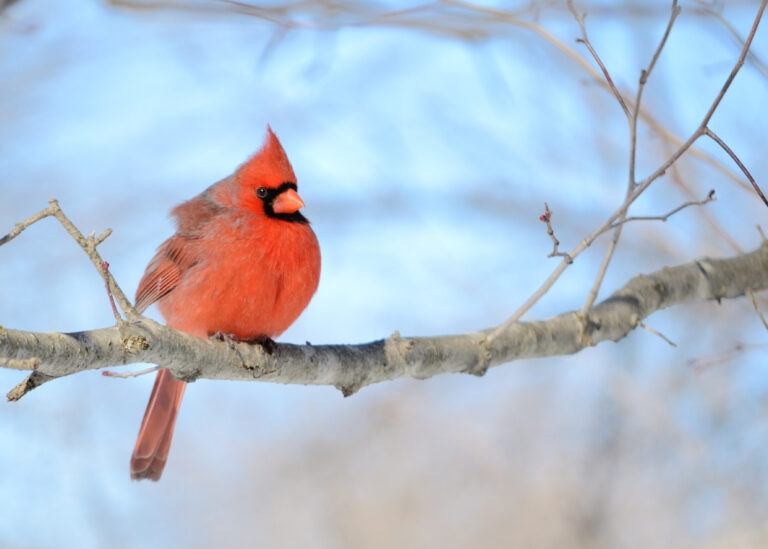 |
| 9.7 | Check Price |
 |
| 9.5 | Check Price |
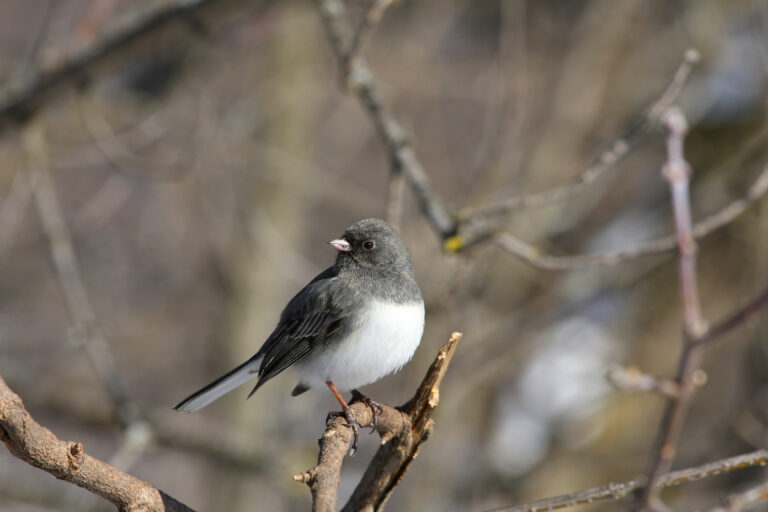 |
| 9.1 | Check Price |
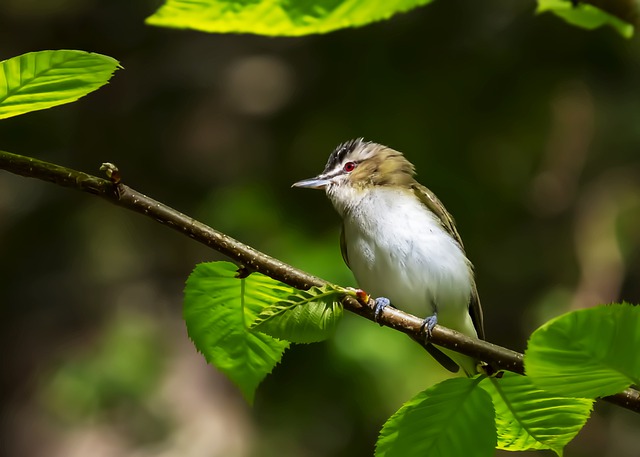 |
| 8.8 | Check Price |
 |
| 8.6 | Check Price |
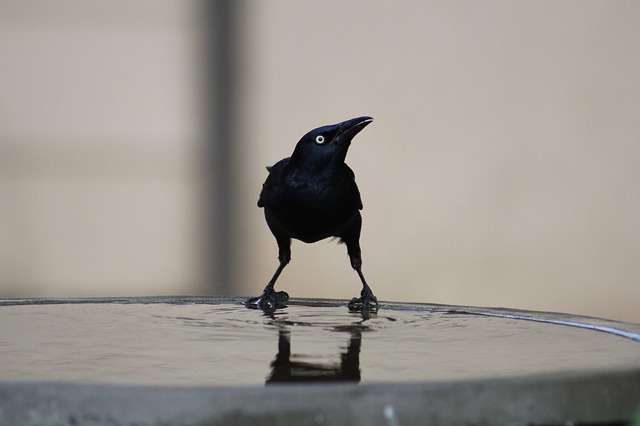 |
| 8.2 | Check Price |
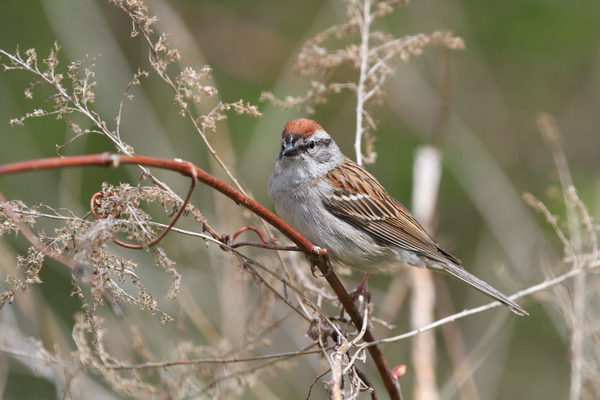 |
| 8 | Check Price |
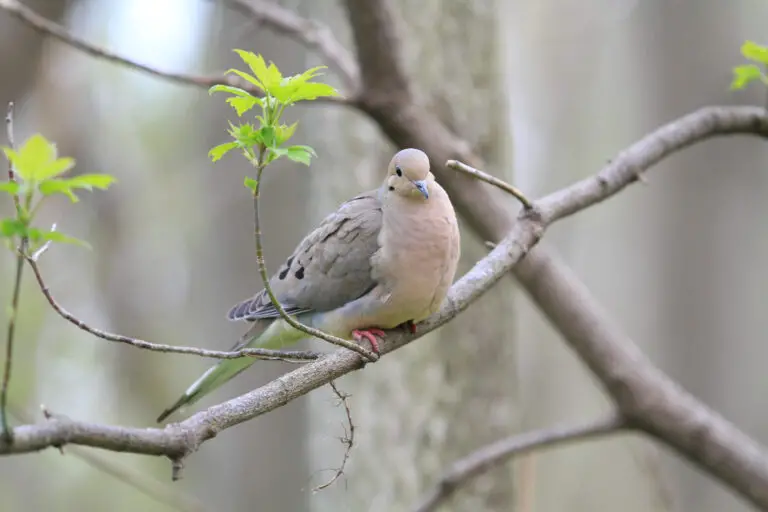 |
| 7.7 | Check Price |
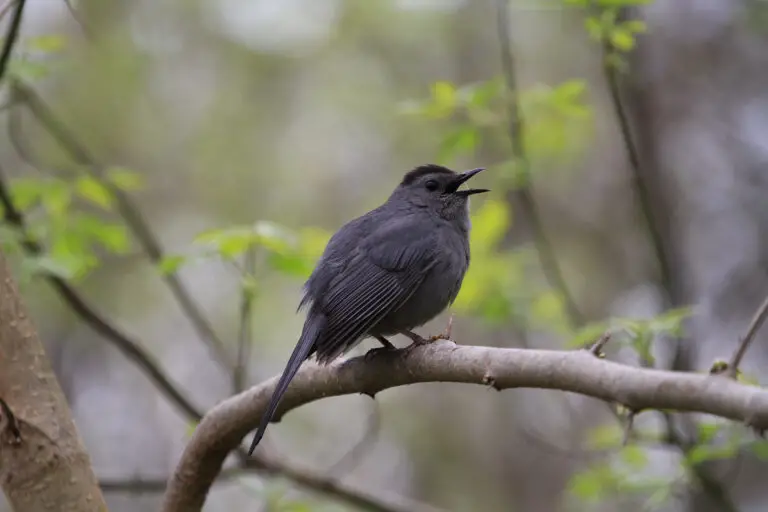 |
| 7.4 | Check Price |
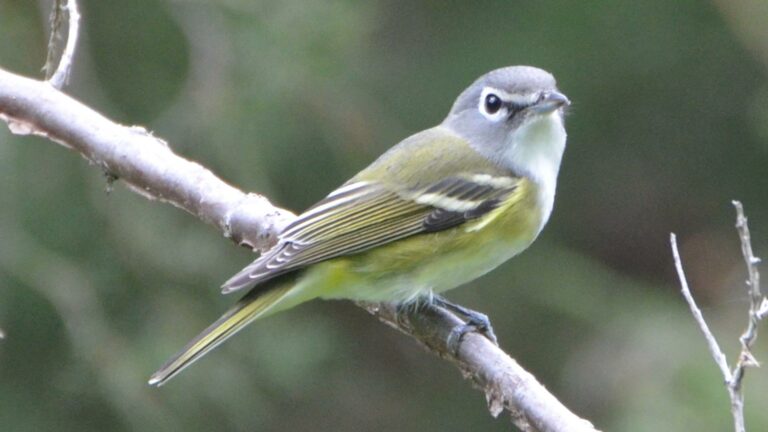 |
| 7.2 | Check Price |
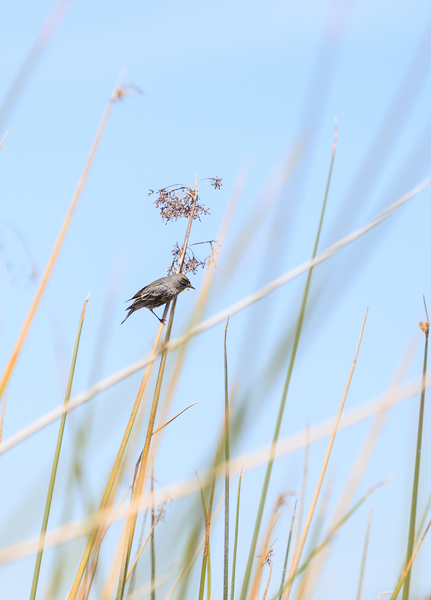 |
| 9.5 | Check Price |
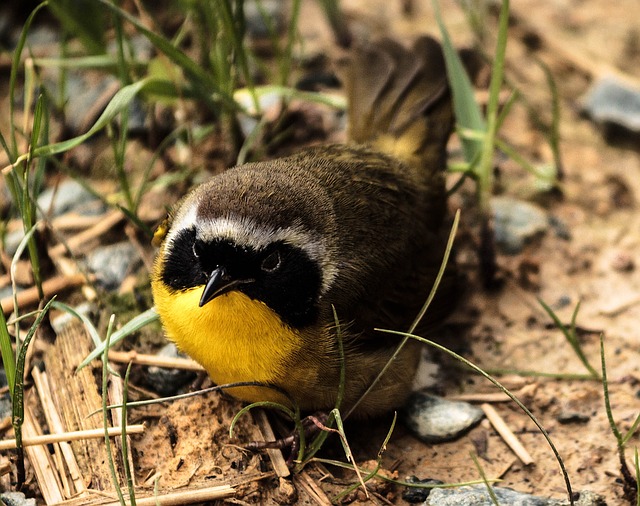 |
| 9.5 | Check Price |
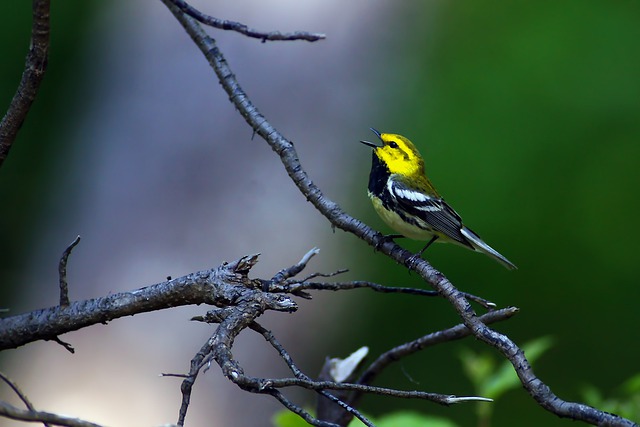 |
| 9.5 | Check Price |
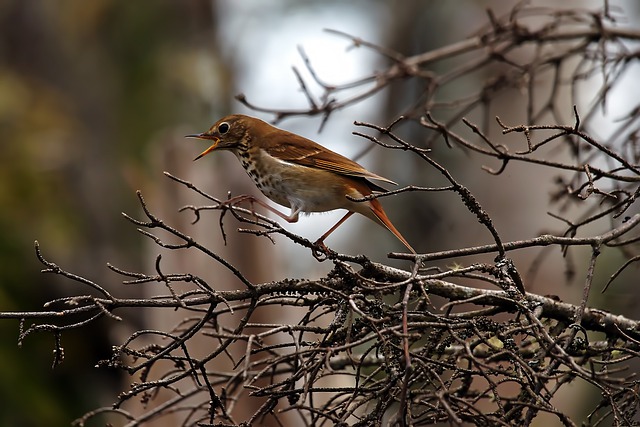 |
| 9.5 | Check Price |
If you don’t have the time to read the whole article, check out this video on Common Birds in Maine for a quick understanding.
Common Birds in Maine
1. Northern Cardinal

Northern Cardinals are among the best & common garden species in North America.
That hasn’t always been the case in Maine, though.
Cardinals were considered scarce in the state until 1950.
They’ve been progressively increasing their breeding area northward, and they’re now considerably more frequent in Maine.
Females feature slightly darker hues and are much more light brown with some red coloring, while males have vibrant red feathers as well as a black mask.
The “Mohawks” and bright orange beaks of both males and females make them clearly identifiable.
Northern Cardinals can be found all year in Maine.
The state’s southern and coastal regions now have the biggest populations.
Most seed feeders will attract cardinals if you provide them with mixed seed mixes and black sunflower seeds.
Below are the characteristics of the Northern Cardinal,
| Scientific Name | Cardinalis cardinalis |
| Family Name | Cardinalidae |
| Length | 21-23 cm |
| Weight | 33-65 grams |
| Wingspan | 25-31 cm |
| Habitat | Woodlands, gardens, parks |
| Food | Seeds, fruits, insects |
2. Northern Flicker

The Northern Flicker is often known as the Common Flicker.
It is a migrating bird that passes most of its time moving.
The forests are home to numerous birds.
The Northern Flicker resembles the Downy Woodpecker in looks, however, its coloring is blander and it loses the red dot over its forehead.
The bird’s coloring is brownish and black.
Brown with black dots on the tops and wings, reddish grey, and black markings on the undersides and belly.
Pinkish plumage covers the tip of the feathers both for males and females.
Male Northern Flickers possess a redneck circle, which females do not.
Males are also bigger, fatter, and also have a wider wingspan just like females.
In order to encourage females to reproduce, the male uses a melodious high-pitched tone.
On a regular basis, they visit feeders in various locations.
They visit the feeders to get food during the summer.
The most common items they eat include bugs, caterpillars, crawlers, grains, nuts, as well as a variety of fruits.
Below are the characteristics of the Northern Flicker,
| Scientific Name | Colaptes auratus |
| Family Name | Picidae |
| Length | 28-36 cm |
| Weight | 85-165 grams |
| Wingspan | 42-54 cm |
| Habitat | Forests, woodlands, urban areas |
| Food | Insects, ants, beetles, fruits, seeds |
3. Dark-Eyed Junco

Dark-Eyed Juncos in eastern North America have dark grey heads, chests, backs, wings, and tails.
The “slate-colored” type is what it’s called.
Their belly is white all the way down to the bottom of their tail. Females may have a buffy brown appearance rather than grey.
The pale pink beak and roundish body form of juncos are two characteristics to check for while identifying them.
They may usually be found jumping around on the ground in forests and wooded areas.
Dark-eyed Juncos can be observed all year in Maine.
Juncos will occasionally visit feeders, but they prefer to consume food that other birds have dropped on the ground underneath your feeders.
They enjoy a variety of seeds.
Below are the characteristics of the Dark-Eyed Junco,
| Scientific Name | Junco hyemalis |
| Family Name | Passerellidae |
| Length | 14-16 cm |
| Weight | 18-30 grams |
| Wingspan | 18-25 cm |
| Habitat | Forests, woodlands, brushy areas, gardens |
| Food | Seeds, insects, berries, small fruits |
4. Red-Eyed Vireo

The Red-Eyed Vireo is among the most frequent midsummer songbirds in the eastern American States.
They migrate to the United States for the breeding season after spending the winters in South America.
Their backs and tails are a fading olive color with lighter breasts and bellies.
A dark stripe runs through their eye, they have a white brow and a dark hat.
They have a red eye ring, as their name indicates, however, it can be difficult to detect in the dark, and their eye seems black.
Despite their prevalence, they are rarely observed unless you are actively seeking them.
This is due to their infrequent descent from the trees. Keep an eye on your yard’s trees.
Listen for their songs and calls, which you’ll certainly start hearing everywhere in the summer after you learn to distinguish them because vireos are notorious for chatting all day.
During the spring and summer, Red-eyed Vireos may be spotted all across Maine.
When they visit the United States for the summer, Red-eyed Vireos consume mostly insects and do not visit bird feeders.
You can invite them to your yard by planting native deciduous trees and insect-friendly plants.
Below are the characteristics of the Red-Eyed Vireo,
| Scientific Name | Vireo olivaceus |
| Family Name | Vireonidae |
| Length | 13-14 cm |
| Weight | 12-19 grams |
| Wingspan | 21-24 cm |
| Habitat | Forests, woodlands, thickets |
| Food | Insects, caterpillars, spiders, berries |
5. Cedar Waxwing

The Cedar Waxwing belongs to the Bombycillidae family of birds and is a moderate bird.
It’s a songbird that communicates by using a high-pitched call.
The Cedar Waxwing is one of North America’s smallest waxwing species.
The Cedar Waxwing is a light brown bird with smooth grey wings and lemon-yellow markings.
They also wear a black hood that conceals their entire face.
On their wings, a vivid red dot lies in the midst of brown silky feathers.
The Cedar Waxwing has black eyes and a black band running from the forehead to the back of the skull.
Their beak is small, yet it has the strength to shatter nuts and small insects.
The Cedar Waxwing has a span of 8.7-11.8 in (22–30 cm) as well as a body mass of 6–7 in (15–18 cm).
Though the male Cedar Waxwing mates in the wide woodlands, the female Cedar Waxwing sits on the eggs.
The male looks after the lady till the egg stage, at which point the male is free to fly away and seek nourishment.
Potted herbs like evergreens, hawthorn, dewberries, and juniper provide the Cedar Waxwing with a range of tiny fruits and seeds.
This bird eats moths, beetles, and larvae, besides other small things.
Below are the characteristics of the Cedar Waxwing,
| Scientific Name | Bombycilla cedrorum |
| Family Name | Bombycillidae |
| Length | 14-17 cm |
| Weight | 32-42 grams |
| Wingspan | 23-30 cm |
| Habitat | Woodlands, orchards, shrubby areas |
| Food | Berries, fruits, insects, flower petals |
6. Common Grackle

Grackles, like starlings, belong to the bully bird family, yet their iridescent feathers make them extremely attractive in the proper light.
They’re usually black, but under the proper light, you may discern blue, green, brown, and purple colors.
Grackles will occasionally roost alongside other blackbird species and appear in large flocks of millions of birds.
Only in the spring and summer can you see grackles in Maine.
Because grackles are foragers who will eat almost anything, they are frequently seen as pests.
Below are the characteristics of the Common Grackle,
| Scientific Name | Quiscalus quiscula |
| Family Name | Icteridae |
| Length | 28-34 cm |
| Weight | 75-143 grams |
| Wingspan | 36-46 cm |
| Habitat | Urban areas, farmlands, marshes |
| Food | Seeds, insects, fruits, small vertebrates |
7. Chipping Sparrow

The Chipping Sparrow is a member of the Sparrow family of birds.
The upperparts and underparts of this little songbird are brown and largely grey.
In North America, the Chipping Sparrow is primarily seen in the summer.
The male and female Chipping Sparrows are very identical, making it difficult to distinguish between them.
The male Chipping Sparrow is somewhat larger than the female, with a little larger belly and wingspan.
Males have a brighter black, brown, or grey coloration than females.
The male sings a lovely song with a really high voice, which he uses to lure females for breeding.
In the summertime, the Chipping Sparrow frequents the bird feeders for nourishment.
Tiny worms & their nymphs, bugs, acorns from small trees, and even berries from various plants are among their favorite foods.
Below are the characteristics of the Chipping Sparrow,
| Scientific Name | Spizella passerina |
| Family Name | Passerellidae |
| Length | 12-15 cm |
| Weight | 11-19 grams |
| Wingspan | 20-25 cm |
| Habitat | Open woodlands, fields, gardens |
| Food | Seeds, insects, berries, small fruits |
8. Mourning Dove
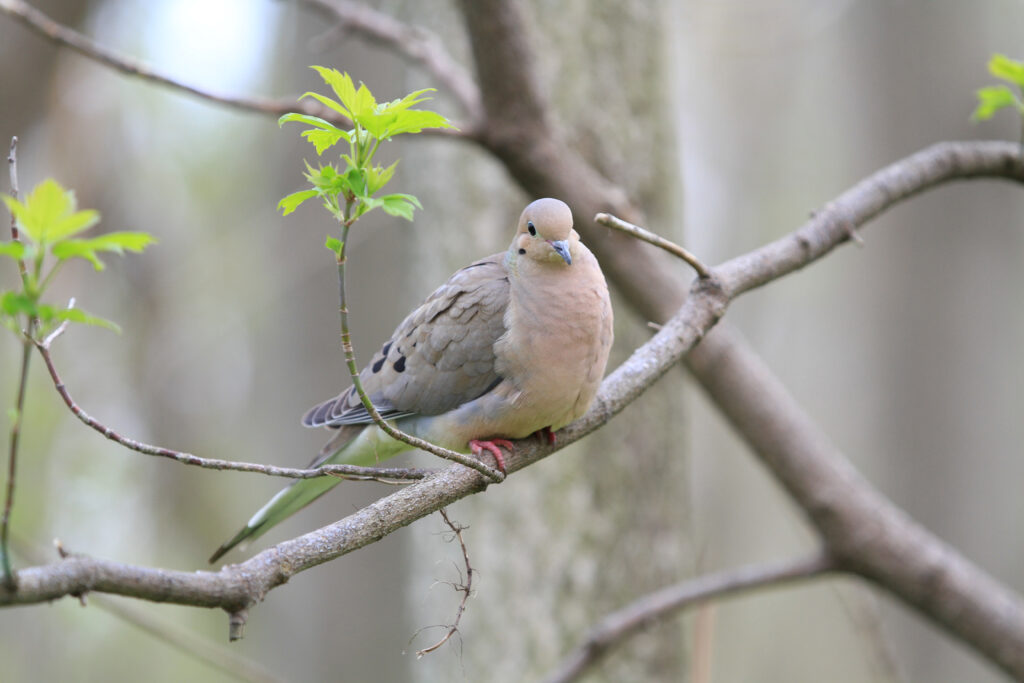
The Mourning Dove is a moderate dove of the species Zenaida.
A rusty brown hue covers its whole coloration.
Above the wings, there are a few black patches on the feathers.
In many regions of the United States, the Mourning Dove is a common visitor at bird feeders.
Mourning Doves, both female and male, have nearly similar body forms and measurements.
They have brown & white coloration as well.
They may weigh up to 120g.
It’s easily noticeable and identifies them because of their look.
Throughout the spring or wintertime, the male & female pair, and the male approaches the female with a lovely wooing cry that sounds like a melody.
The female lays the eggs and stays on them, whereas the male feeds and protects her as well as the eggs.
The Mourning Dove eats nuts, seeds, and arthropod bird feeds from bird feeders.
They also consume little worms that they find on the ground or in trees.
Below are the characteristics of the Mourning Dove,
| Scientific Name | Zenaida macroura |
| Family Name | Columbidae |
| Length | 25-31 cm |
| Weight | 112-170 grams |
| Wingspan | 45-62 cm |
| Habitat | Open woodlands, fields, urban areas |
| Food | Seeds, grains, fruits, small insects |
9. Gray Catbird
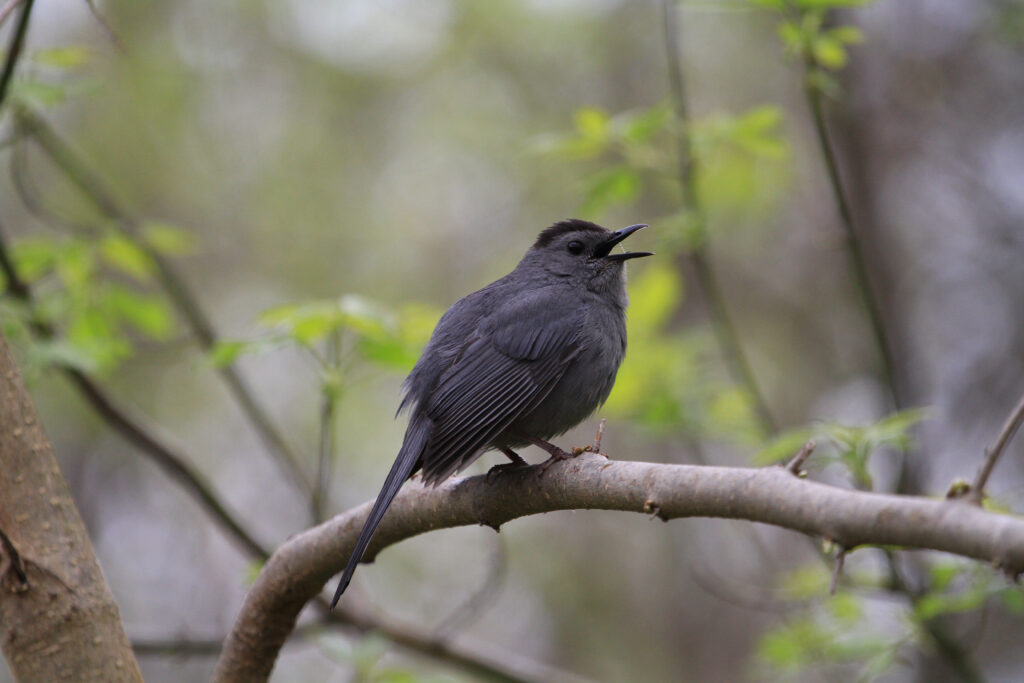
The Gray Catbird is tiny to a medium-sized bird that belongs to the mimid family.
This sparrow is indigenous to Central and Latin America, although it may now be found in a variety of other locations.
The Gray Catbird’s whole body is coated with lead-gray feathers.
The body components of the feathers and head are brighter than the tummy and throat.
During the winter, their species relocate to different states, which is why birds are less frequently seen.
A mature Gray Catbird is just 8 inches long on average, with an 11-inch wingspan.
An adult Gray Catbird weighs between 30 and 50 ounces.
The male has a lovely, musical voice that entices females to procreate with him.
To acquire their food, they go to the bird feeders.
Throughout the summertime, they come more regularly.
Small larvae and bugs are eaten by the Gray Catbird.
They consume the fruits and berries of a variety of tiny plants as well.
They also consume the seeds or granules of several tiny scrublands.
Below are the characteristics of the Gray Catbird,
| Scientific Name | Dumetella carolinensis |
| Family Name | Mimidae |
| Length | 20-23 cm |
| Weight | 23-40 grams |
| Wingspan | 22-30 cm |
| Habitat | Shrubs, thickets, gardens, woodland edges |
| Food | Insects, berries, fruits, small invertebrates |
10. Blue-headed Vireo

The Blue-headed Vireo is an insectivorous bird with a blue-colored forehead and a tiny stature.
The Blue-headed Vireo is a migratory bird that may be found in a variety of locations throughout North and Central America.
This region’s temperate woodlands are home to the Blue-headed Vireo bird.
The Blue-headed Vireo has a blue head and prominent yellow wing bars, as its name indicates.
The bird’s plumage also includes streaks of brown, and black, as well as other hues.
Blue-headed Vireo males and females are comparable in shape, height, and strength.
Young Blue-headed Vireos have a similar feathers hue as the adults.
The Blue-headed Vireo is a small bird with a body length of 12.6–14.8 cm as well as a wing of 20.0–24.0 cm. An adolescent Blue-headed Vireo measures about 13 and 19g on normal.
The Blue-headed Vireo has an estimated lifetime of seven years plus five months.
The Blue-headed Vireo is an insectivorous bird, which means it eats large insects.
They do, however, consume berries and the nuts of tiny plants.
They also consume the fruit of certain plants. Bees, larvae, moths, flies, as well as a variety of other tiny insects, are all eaten by the Blue-headed Vireo bird.
They frequently feed the birds at the bird feeders.
Below are the characteristics of the Blue-headed Vireo,
| Scientific Name | Vireo solitarius |
| Family Name | Vireonidae |
| Length | 13-14 cm |
| Weight | 12-20 grams |
| Wingspan | 21-23 cm |
| Habitat | Coniferous forests, mixed woodlands |
| Food | Insects, spiders, small fruits |
11. Yellow-Rumped Warbler

The Parulidae category of tiny birds includes the Yellow-rumped Warbler, which is a little bird endemic to North America.
Their back and wings, as well as their neck, are colored white, black, brown, as well as yellow, while their tummy is light-skinned and black stripes cover the throat.
They have a 5.9-inch total length, a 10-inch wing, as well as a body composition of 14 ounces.
Male and female bodies are significantly different in shape and size.
In comparison to males, females have pale hues.
They come to the feeders often, mostly for seed oil, currants, peanut buttery, and tallow.
Insects and insect larvae make up the majority of their food, although they also consume tiny grains, fruits, especially berries.
They make a pleasant sound that they are using to attract females or to announce their territory.
They are hostile, and if they are present, they will usually evict smaller birds from their territories.
Below are the characteristics of the Yellow-Rumped Warbler,
| Scientific Name | Setophaga coronata |
| Family Name | Parulidae |
| Length | 12-15 cm |
| Weight | 11-18 grams |
| Wingspan | 20-25 cm |
| Habitat | Woodlands, coniferous forests, shrubby areas |
| Food | Insects, berries, fruits, nectar |
12. Common Yellowthroat

The Parulidae category contains the Little Yellowthroat bird, which is a little new global warbler.
They’re common across North America.
This bird’s neck is lemon-yellow, as its name indicates.
Light yellow to bluish-green coloration covers the whole body of a Common Yellowthroat bird.
A black stripe runs from the snout to the eyelids, then back to the rear of the forehead on the Common Yellowthroat bird.
The back of the Common Yellowthroat is olive in color.
A greenish-yellow tint covers the bird’s wings and top regions.
The Common Yellowthroat’s male and female are subtly distinct from each other.
Males wear a black patch that conceals their full face, whilst ladies do not.
Males and females may readily be distinguished and classified into two sexes as a result of this.
The usual body length of a Common Yellowthroat is 4.3-5.1 inches, with a wingspan of almost 5.9-7.5 inches.
The typical weight of a Common Yellowthroat is around 0.3-0.3 oz.
In pursuit of food, the Common Yellowthroat bird scavenges in nearby trees as well as on the grass.
Grains, fresh berries, strawberries, and nuts are their main sources of nutrition.
Larvae, scorpions, and insects are among the small creatures which the Common Yellowthroat bird consumes.
Below are the characteristics of the Common Yellowthroat,
| Scientific Name | Geothlypis trichas |
| Family Name | Parulidae |
| Length | 11-14 cm |
| Weight | 8-15 grams |
| Wingspan | 16-18 cm |
| Habitat | Wetlands, marshes, thickets, brushy areas |
| Food | Insects, spiders, small invertebrates |
13. Black-throated Green Warbler

The Black-throated Green Warbler is a tiny species endemic to North America and Ontario.
It belongs to the warbler class of small birdsong.
As the title suggests, the Black-throated Green Warbler does have a black neck and green coloration.
The olive-green colored cap on the heads of Black-throated Green Warblers also covers the top portion of the neck and back.
White wings with black bands or stripes define the Black-throated Green Warbler.
Females have such a light neck and black upper parts & chests, whilst mature males have such a black collar and upper parts.
The Black-throated Green Warbler’s average-sized length is between 4.3 and 4.7 inches.
They have a 6.7-7.9-inch wingspan.
An adult Black-throated Green Warbler can measure approximately 0.3 and 0.4 oz.
The Black-throated Green Warbler consumes primarily tiny insects, which it obtains while flying or by gathering or pitching.
Beetles, spiders, scorpions, as well as other bugs, are among the creatures they devour.
Small grains and granules of trees and shrubs are also eaten by the Black-throated Green Warbler bird.
They also consume berries and nuts in little amounts.
The Black-throated Green Warbler bird comes to the bird feeders for food on occasion.
Below are the characteristics of the Black-throated Green Warbler,
| Scientific Name | Setophaga virens |
| Family Name | Parulidae |
| Length | 11-14 cm |
| Weight | 9-13 grams |
| Wingspan | 19-23 cm |
| Habitat | Coniferous forests, mixed woodlands |
| Food | Insects, spiders, caterpillars, berries |
14. Hermit Thrush

The Hermit Thrush is a small Northern American thrush belonging to the Turdidae subfamily.
They are a type of migrating thrush that migrates in the wintertime.
They have a short physiques and an excessively large belly.
They have a slender beak that aids in the capture of insects.
The Hermit Thrush’s chest, wings, and rump have a lovely pattern of fair-skinned hues.
The Hermit Thrush’s upper parts, feathers, and head are mostly brown with a combination of bright and dark brown hues.
The Hermit Thrush does have a crimson tail in the mating season.
Their pink legs have a white ring around them, while their black pupils possess a greenish glow around them.
An adult Hermit Thrush’s body length ranges from 15 to 18 cm, while its wingspan ranges from 25 to 30 cm.
A grownup Hermit Thrush could measure anything from 18 to 37 ounces.
This genus’ males are somewhat larger than females.
The male & female have the same color plumage.
The Hermit Thrush bird hunts practically all of the little insects it can locate on the grass and in nearby trees throughout the year.
They also consume tiny grow plants or seeds, such as rice and grain.
This bird also feeds itself in the back gardens of bird feeders.
Below are the characteristics of the Hermit Thrush,
| Scientific Name | Catharus guttatus |
| Family Name | Turdidae |
| Length | 15-18 cm |
| Weight | 20-36 grams |
| Wingspan | 25-30 cm |
| Habitat | Deciduous forests, woodlands, thickets |
| Food | Insects, spiders, berries, fruits, small invertebrates |
Conclusion
In conclusion, Maine is a wonderful place to observe a diverse range of bird species.
From the cheerful song of the Chipping Sparrow to the haunting call of the Black-throated Green Warbler, there is no shortage of fascinating feathered friends to admire.
By learning more about the birds that call Maine home, we can develop a greater appreciation for the natural world and the importance of preserving it for future generations.
So grab your binoculars and field guide, and head outside to experience the wonder and beauty of Maine’s birdlife firsthand.
FAQ
What is the state bird of Maine?
The state bird of Maine is the Black-capped Chickadee. This species was chosen as the state bird in 1927 because of its cheerful demeanor, hardiness, and year-round presence in Maine.
When is the best time to go birdwatching in Maine?
The best time to go birdwatching in Maine is during the spring and fall migration periods, when many bird species are passing through the state on their way to and from breeding grounds. However, birdwatching can be enjoyable in Maine year-round, as many species are present throughout the year.
What is the biggest bird in Maine?
The biggest bird in Maine is the Bald Eagle. These majestic birds of prey can have a wingspan of up to 7 feet and can be found near bodies of water throughout the state.
Are there any endangered bird species in Maine?
Yes, there are several endangered bird species in Maine, including the Piping Plover, the Roseate Tern, and the Atlantic Puffin. It is important to take steps to protect these species and their habitats to ensure their survival.
Last Updated on June 5, 2023 by Lily Aldrin
